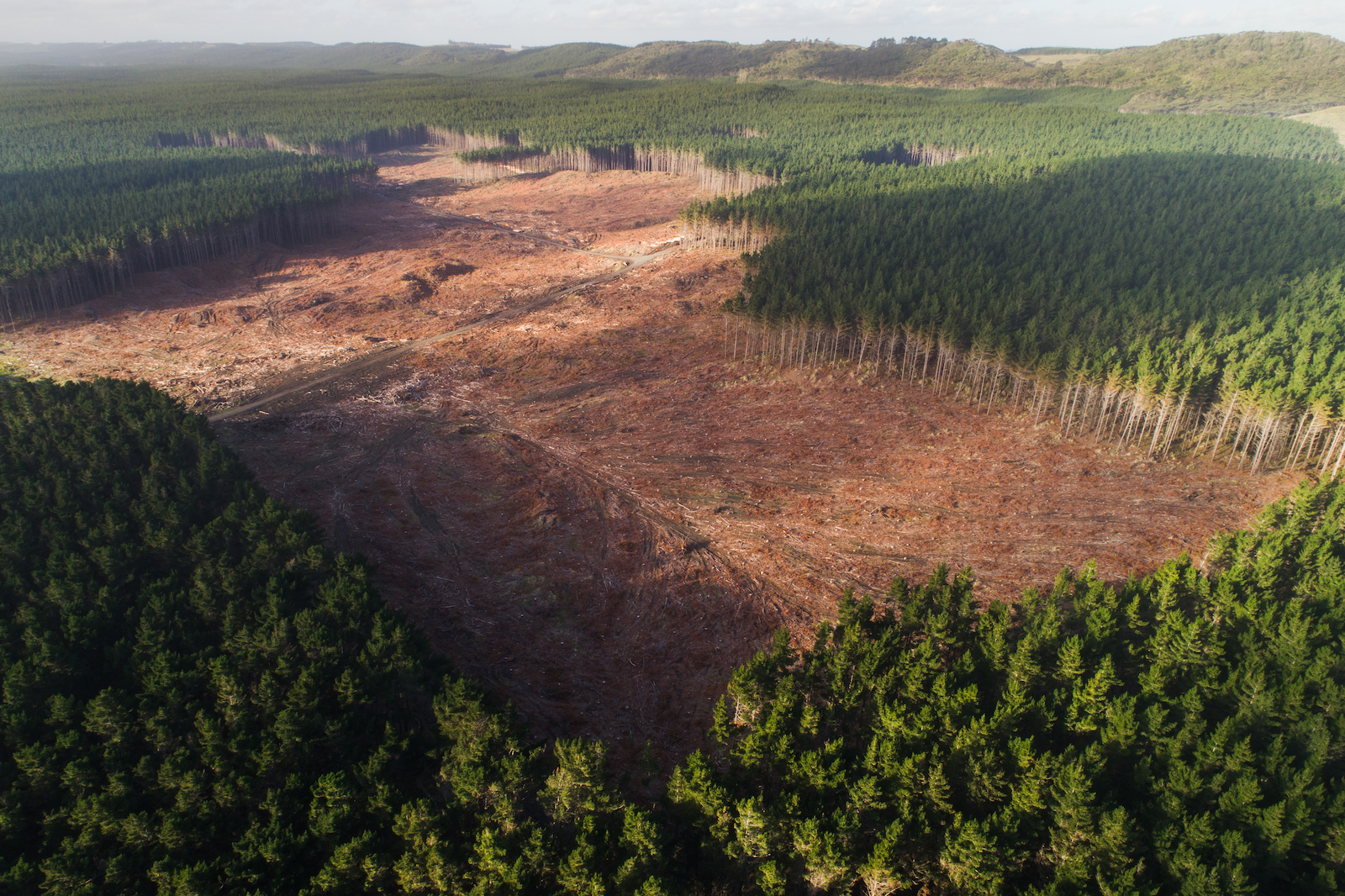This story was originally published by the Guardian and is reproduced here as part of the Climate Desk collaboration.
Carbon emissions from tropical deforestation this century are far higher than previously thought, doubling in just two decades and continuing to accelerate, according to a study.
The world’s forests form an enormous carbon store, holding an estimated 861 gigatons of carbon – equivalent to nearly a century’s worth of annual fossil fuel emissions at the current rate. When trees are cut down, they release the carbon they store into the atmosphere. Since 2000, the world has lost about 10 percent of its tree cover, becoming a major driver of global heating.
Yet, despite being the second largest human source of greenhouse gasses after fossil fuels, the carbon accounting behind emissions from land still contains significant uncertainties, often relying on limited data that poses difficulties for researchers tracking progress towards meeting the goals of the Paris agreement.
A study published on Monday in Nature Sustainability shows that carbon loss from tropical deforestation in the last two decades has doubled and continues to rise, driven largely by the expansion of agricultural frontiers. The findings contrast with previous assessments, such as the Global Carbon Budget 2021, which suggested a slight decline in carbon loss from deforestation.
Using high-resolution satellite data, researchers found that the Democratic Republic of the Congo, Indonesia, and Brazil recorded the largest acceleration in forest loss from 2001 to 2020, with the South American country responsible for the largest total emissions from clearing in the Amazon and other forest ecosystems. The analysis found that about a fifth of land clearing in the tropics took place in mountainous regions, which are home to relatively high carbon stocks, especially in Asia.
“Deforestation and forest carbon loss are accelerating. There is a massive gulf between where we want to get to and where we are going, which is really worrying,” says Dominick Spracklen, a professor at the School of Earth and Environment at the University of Leeds, who co-authored the study.
The increase took place despite commitments to slow deforestation, such as the New York Declaration on Forests in 2014, which aimed to halve deforestation rates by 2020. At Cop26 in Glasgow, a coalition of 142 countries – accounting for more than 90 percent of the world’s forests – committed to halting and reversing forest loss and land degradation by 2030.
“The standard methods used by the IPCC are not spotting some of the things we’ve seen in this paper, such as small-scale deforestation and the movement of land-clearing into mountains. They aren’t really capturing the trend that we’ve seen in the last two decades,” Spracklen added.
The research was led by Yu Feng, a PhD candidate at the Southern University of Science and Technology (SUSTech), and Zhenzhong Zeng, associate professor at SUSTech.
“Tropical forests are huge stores of carbon. We must reduce deforestation to slow global warming,” said Yu Feng.
Cattle farming, palm oil, soy, cocoa, rubber and coffee are all leading causes of tropical forest loss, destroying some of the most biodiverse places on Earth, home to species including jaguars, sloths, orang-utans, toucans, and lemurs. On Monday, an IPCC report warned climate breakdown was accelerating rapidly and said many of the impacts would be more severe than predicted, with only a narrow chance left of avoiding its worst ravages.
Satellite monitoring is playing an increasingly important role in tracking greenhouse gasses on Earth, such as those monitoring methane emissions. For forests, Global Forest Watch hosts satellite data tracking forest loss, and projects such as Nasa’s Gedi mission, which uses lasers to analyze the biomass of trees, is helping provide a more accurate map of the world’s forests and carbon stores.




